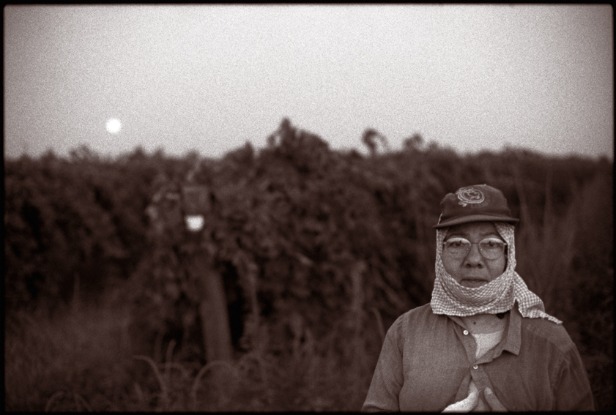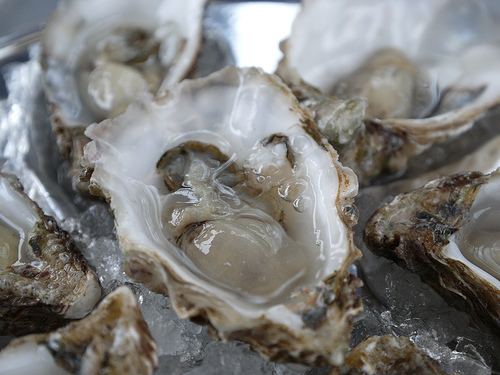They don’t have brains or spines, but maybe oysters could help to save the waterfront of New York.
Kate Orff of Scape Design explains how in a recent TED talk.
The concept was first presented as part of an exhibit at the Museum of Modern Art called Rising Currents, in which several designers presented plans for dealing with the effect of higher sea levels on the biggest city in the United States.
Here’s the basic idea: Create oyster farms in New York Harbor — once prime oyster territory — and the nasty waters of Brooklyn’s Gowanus Canal. The oysters would filter and clean the water, and the underwater structure that they live on — made out of rope — would help to mitigate storm surges.
Eventually — say, maybe by 2050 — the environment would have improved to the point that the oysters might actually be edible.
“I’m trying to blend and meld these two very divergent fields of ecology and urbanism and bring them together in an exciting new way,”says Orff.
I live about a half mile from the canal, and on a bad day, I can smell it from here. I’m skeptical of ever being able to eat anything that lives in it.
But Orff’s idea is more than just a wild design fantasy. Already, students at the city’s innovative New York Harbor School are experimenting with oyster farming in city waters.
And considering that wild oysters have been rendered “functionally extinct” through overharvesting and habitat destruction, according to a new study, anything that makes more oysters is a good thing.




